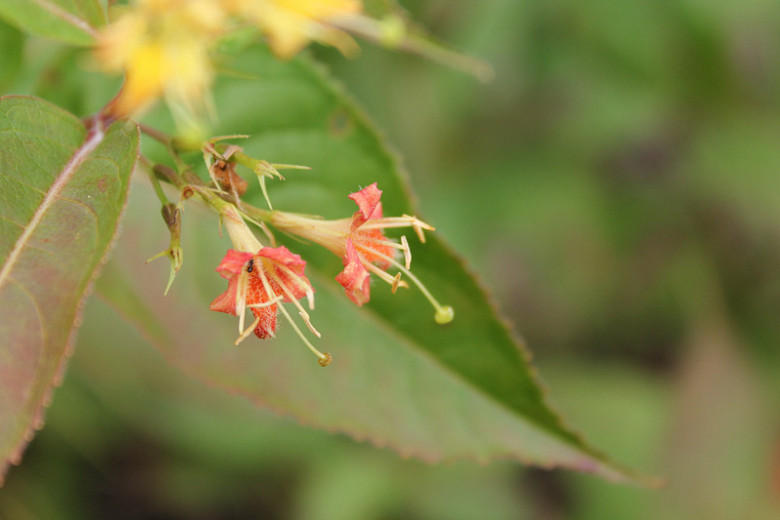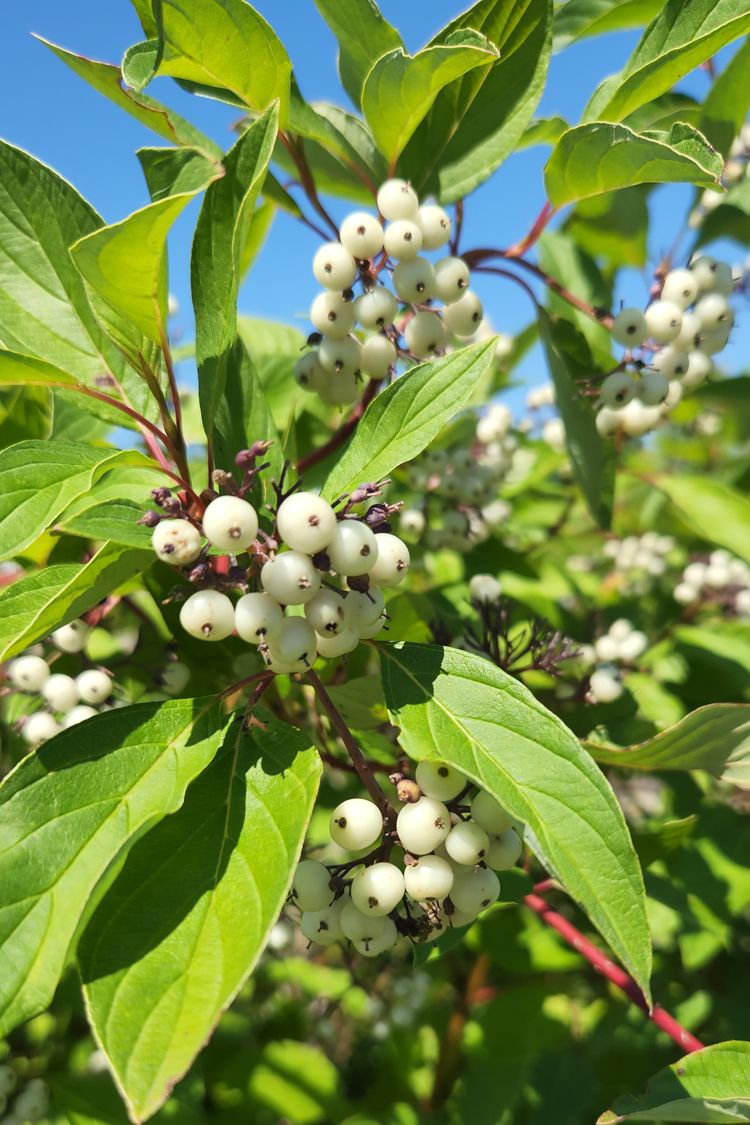Northern Bush Honeysuckle: The Easytogrow Shrub That Will Add Color And Interest To Your Garden
Northern Bush Honeysuckle: The Easy-to-Grow Shrub That Will Add Color and Interest to Your Garden
Northern bush honeysuckle (Diervilla lonicera) is a small, deciduous shrub that is native to the northeastern United States and Canada. It is a member of the honeysuckle family (Caprifoliaceae), but it is not closely related to the more common invasive honeysuckle species. Northern bush honeysuckle is a hardy and easy-to-grow shrub that is perfect for adding color and interest to any garden.
Features and Benefits
Northern bush honeysuckle is a low-maintenance shrub that can grow to be 3-5 feet tall and wide. It has dark green leaves that turn yellow, orange, and red in the fall. The flowers are small and trumpet-shaped, and they are yellow-green in color. They bloom in late spring and early summer. Northern bush honeysuckle is a nectar-rich plant that attracts butterflies, bees, and hummingbirds.
Growing Conditions
Northern bush honeysuckle is a relatively easy plant to grow. It prefers full sun to partial shade and well-drained soil. It is drought-tolerant and can tolerate a wide range of soil pH levels. Northern bush honeysuckle is not susceptible to many pests or diseases.
Uses
Northern bush honeysuckle can be used in a variety of ways in the landscape. It can be planted as a single specimen, in a mass planting, or as a hedge. It is also a good choice for foundation plantings or as an understory plant in woodland gardens. Northern bush honeysuckle is a deer-resistant plant, so it is a good choice for gardens where deer are a problem.
Propagation
Northern bush honeysuckle can be propagated by seed, but it is more easily propagated by cuttings. Take cuttings in the spring or summer from healthy, non-flowering stems. Root the cuttings in a well-drained potting mix in a shady location. Once the cuttings have rooted, they can be transplanted into the garden.
Care and Maintenance
Northern bush honeysuckle is a low-maintenance shrub that requires little care. Water it regularly during the first year after planting, but once it is established, it is drought-tolerant. Fertilize it in the spring with a balanced fertilizer. Prune it in the spring to remove dead or damaged branches and to shape it.
Conclusion
Northern bush honeysuckle is a beautiful and versatile shrub that is perfect for adding color and interest to any garden. It is easy to grow and care for, and it is resistant to pests and diseases. If you are looking for a new shrub to add to your landscape, northern bush honeysuckle is a great option.
Northern bush honeysuckle (Diervilla lonicera) is a beautiful, native shrub that is perfect for adding a touch of color to your garden. It blooms in late spring and early summer with clusters of bright yellow flowers that attract bees, butterflies, and other pollinators. The leaves are dark green and turn a brilliant red in the fall. Northern bush honeysuckle is a low-maintenance shrub that is drought-tolerant and deer-resistant. It is hardy in zones 3-8.
If you are interested in learning more about northern bush honeysuckle, I recommend visiting Garden Wiki. This website has a wealth of information about the plant, including its history, cultivation, and uses. You can also find photos and illustrations of the plant, as well as links to other resources.
FAQ of northern bush honeysuckle
- How much water does northern bush honeysuckle need?
Northern bush honeysuckle is drought-tolerant, so it does not need a lot of water. In fact, overwatering can be harmful to the plant. Water it deeply once a week during the growing season, and less often during the winter.
- What kind of soil does northern bush honeysuckle need?
Northern bush honeysuckle is not too picky about soil type, but it prefers well-drained soil. If you have clay soil, you may need to add some sand or compost to improve drainage.
- When should I plant northern bush honeysuckle?
Northern bush honeysuckle can be planted in the spring or fall. If you live in a cold climate, it is best to plant it in the spring so that it has time to establish itself before winter.
- How much sun does northern bush honeysuckle need?
Northern bush honeysuckle prefers full sun, but it can tolerate partial shade. If you live in a hot climate, it may benefit from some afternoon shade.
- Is northern bush honeysuckle invasive?
Yes, northern bush honeysuckle is considered an invasive species in some areas. It can spread quickly and crowd out native plants. If you are considering planting northern bush honeysuckle, it is important to check your local regulations first.
Image of northern bush honeysuckle
5 different images of northern bush honeysuckle from Pinterest:
- A close-up of a white northern bush honeysuckle flower. The flower has five petals and a yellow center.

- A cluster of red northern bush honeysuckle flowers. The flowers are small and bell-shaped.

- A view of a northern bush honeysuckle shrub in full bloom. The shrub is covered in white, pink, or red flowers.
- A northern bush honeysuckle shrub with its leaves turning orange in the fall. The leaves are also slightly serrated.
- A northern bush honeysuckle shrub with its berries. The berries are small and orange-red.

Post a Comment for "Northern Bush Honeysuckle: The Easytogrow Shrub That Will Add Color And Interest To Your Garden"